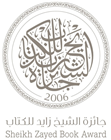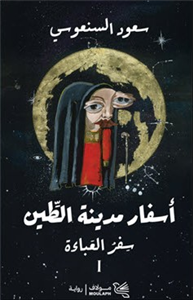Travels of the City of Clay Trilogy
by Saud Alsanousi
An intricately crafted fictional trilogy, with all three to be abridged into one volume for outside the Arabic world. It’s 1986 and the novelist Sadiq Bouhadab is suffering from writer’s block when an old man in a wheelchair visits him in his office. The old man tells him that he has strange stories to tell that would make a great novel – but they will definitely get him into trouble! Sadiq is not worried about the trouble as he is very accustomed to problems with government censorship. After hearing the old man’s stories, Sadiq starts writing a trilogy based on events that took place in Kuwait in the time before oil. About an infant kidnapped from his parents in the year 1920, a difficult year in Kuwait, involving tangled relationships of politics, tribal wars, the slave trade, the British presence, and the establishment of the American Evangelical mission. Involving time travel and fortune tellers, a powerful family tale. A magical realist tale which narrates the history of the fishing industry in Kuwait’s pre-oil era. Alsanousi’s International Prize for Arabic Fiction-winning novel The Bamboo Stalk (2012) has been translated into 14 languages, including English, Italian and Chinese.

















